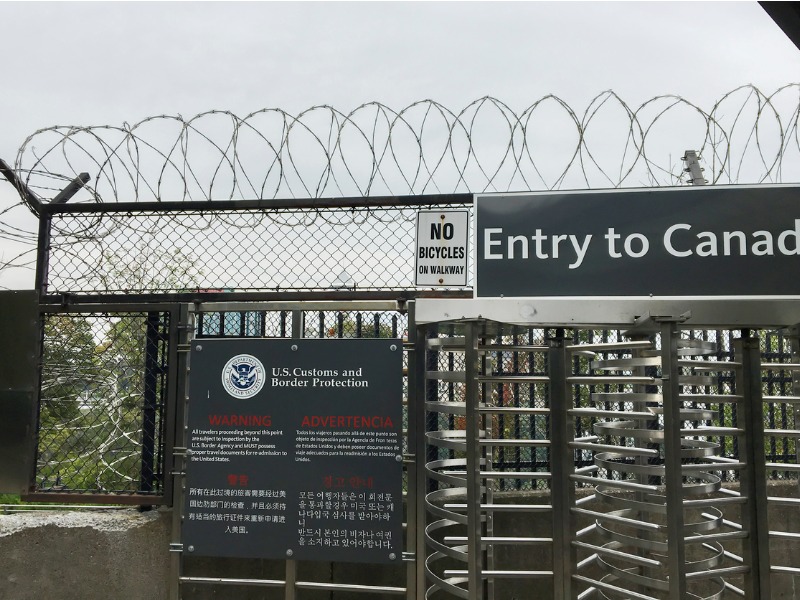
Foreign investors returned to Canada at the end of 2022, adding $21.2 billion worth of securities in the final month, and pushing the inflow for the year to $151.1 billion, Statistics Canada reports.
In December, foreign investors piled into Canadian debt securities, adding $13.6 billion worth of money market instruments and $9.7 billion in bonds (primarily U.S. dollar-denominated corporate bonds).
At the same time, offshore investors trimmed their Canadian equity holdings by $2.0 billion in December.
“The reduction reflected retirements of Canadian portfolio shares resulting from cross-border merger and acquisition activities,” StatsCan said, adding that this was tempered by investors adding shares in the secondary market.
Also in December, Canadian investors reduced their holdings of foreign securities by $2.3 billion, StatsCan reported. Investors sold $1.5 billion worth of foreign debt and almost $800 million in equities, as they sold $7.8 billion worth of U.S. shares and bought $7.0 billion of non-U.S. equities.
The combination of foreign investors buying and domestic selling resulted in an overall net inflow of $23.5 billion to the Canadian economy in December.
And, for the full year, cross-border portfolio flows added $151.1 billion to the economy, up from $52.6 billion in 2021.
Foreign investors acquired $143.7 billion worth of Canadian securities in 2022, down from a record high of $218.0 billion in 2021, StatsCan said.
Corporate debt was the primary target of foreign investors, who added a record $179.3 billion worth in 2022, up from $79.9 billion in 2021.
At the same time, foreign investors sold Canadian equities ($12.0 billion worth) in 2022, and reduced their exposure to government debt by $23.7 billion.
For the first time since the global financial crisis, Canadian investors reduced their holdings of foreign securities on a full year basis, trimming their overall exposure by $7.5 billion — led by a selloff of $62.4 billion worth of foreign shares during the year.